PRODUCT DESCRIPTION
What is Neoprene?
The safety of various structures relies on the role played by the materials used in their construction. One essential component is the elastomeric pad, which serves as a shock absorber positioned at the junction of different parts. These pads neutralize vertical, horizontal, and rotational oscillating movements in concrete and steel structures. They are commonly used as bridge isolation tools, accommodating point loads and allowing movement and rotation in multiple directions. Neoprene shock pads are typically employed beneath precast concrete beams, steel beams, and other applications. Afzir’s elastomer pads are crafted using high-quality Neoprene. The bearings are made from a specially formulated natural rubber compound reinforced with steel for optimal performance. The reinforcing plates are chemically bonded to the elastomer to prevent relative movement between the steel and elastomer. Natural rubber exhibits good resistance to temperature changes, ozone, ultraviolet rays, and certain chemicals.
Steel-reinforced elastomeric bearings are designed to meet ultimate limits. If the pads are intended for loads exceeding 4000 kilonewtons, their dimensions will be larger. The overall thickness of such supports depends on the amount of rotation and transfer, as they are achieved through elastomer deformation while sliding parts are completely disregarded. Adequate distribution of compressive, shear, and rotational stiffness is crucial for bridge supports. The design and selection of the appropriate elastomer thickness play a vital role in controlling stress in the reinforcements and strain in the elastomer. Elastomer support for highway and railway bridges is also suitable, as translation and rotation can occur around any axes not defined for translation.
Additional characteristics and advantages of Afzir’s Neoprene (elastomer pads) include their role as shock absorbers in bridge structural systems, dampening seismic vibrations and potential impacts, supporting and maintaining horizontal and vertical loads, providing flexibility in two different directions simultaneously, tolerating swing in three axes, enabling rotation and shape changes around different axes, significantly increasing the structure’s lifespan while reducing repair and reconstruction costs. They are offered at a reasonable and economical price compared to Neoprene from other companies. Afzir’s Neoprene exhibits high quality and durability in harsh weather conditions, possesses restoring force, and provides approximately 3-5% damping. It is produced to meet high standards, such as the European standard EN 1337-3. It has been tested at renowned institutions, including Amirkabir University of Technology, Polymer Research Institute, Rubber Industries Engineering and Research Company Laboratory, and Razi Metallurgy Center Laboratory. These neoprenes comply with regulations and standards like AASHTO. Afzir’s elastomer neoprene pads adhere to the European CE-mark standard, allowing their distribution throughout Iran. These bridge isolators can be used with PTFE Teflon sliding elements or other anti-seismic systems. Afzir is among the few companies that coordinate the production of custom-sized elastomeric pads according to their client’s project requirements. With pride, Afzir offers tailored neoprene production and sales at competitive prices for various projects, providing the best offers in neoprene procurement.
Why Elastomeric Pads?
Bridges were initially constructed using stone or timber, allowing direct placement on supporting elements or the soil itself. At that time, awareness and knowledge of seismic performance were limited compared to today. With the advent of new materials and the need to protect structures from accidents like earthquakes, the use of structural supports emerged. Consequently, various types of neoprene impact rubber have been designed to cater to different bridges.
Among all structural supports, elastomeric pads are the most commonly used for supporting concrete pavements and transferring loads to substructures. Elastomeric pads have demonstrated good behavior in various materials and structures.
The role of the elastomeric pad
The Role of Elastomeric Pads The flexibility of bridges is primarily achieved through a component called the elastomeric bridge cushion. These cushions are typically made from strong, flexible materials like Neoprene, a heavy-duty industrial rubber sheet. As mentioned, these pads are placed between bridge pavements, such as bridge beams, and substructures, like foundations. Their primary function is to distribute superstructure loads to the substructure and allow it to undergo necessary movements under varying environmental conditions without generating harmful stresses that could compromise the bridge’s structural integrity. When the structural integrity of a bridge is compromised, it may collapse.
Preventing collapse is not the only benefit of using elastomeric cushions. They also extend the lifespan of bridges by reducing friction and preventing material damage. Utilizing elastomeric cushions in bridge construction helps governments save money by postponing bridge replacements, just as shoes enable humans to travel long distances.
What are the features and characteristics of Neoprene?
Features and Characteristics of Neoprene Neoprene boast essential features, including high reliability and resistance to vibrations and gravity loads. Its exceptional vibration resistance has significantly expanded its applications, making it widely used for strengthening structures and absorbing vibrations. Another characteristic of neoprene rubber is its high compressive strength, allowing its use in heavy structures like concrete bridges. Availability and affordability are fundamental considerations when selecting a product. Fortunately, Afzir has taken commendable steps in providing bridge pads, and customers and contractors can contact Afzir’s experts to inquire about the required materials and neoprene rubber prices with a single phone call.
Other notable features of Afzir’s Neoprene include high flexibility, stability, good chemical resistance, excellent vibration absorption against potential impacts, flexibility in two different directions simultaneously, the ability to rotate and change shape around different axes, suitable resistance to acids and petroleum materials, and suitability for temperature conditions ranging from -40 to 70, encompassing a wide range of regions in Iran.
Neoprene’s high durability in harsh weather conditions allows its versatile use across various areas. With its high compressive strength and vibration resistance, Neoprene finds applications under different structures and buildings’ bridge decks, foundations, and pedestals. Furthermore, Neoprene is not limited to new structures and bridges but is also commonly employed for the seismic strengthening of existing bridges and structures.
Advantages of neoprene elastomer pads
The Advantages of Neoprene Elastomer Pads Elastomer pads are efficient load-bearing plates for prestressed concrete or steel beams in bridges and buildings. Afzir’s neoprene cushions facilitate perfect and uniform load transfer from the beam to the substructure, allowing beams to rotate as necessary due to expansion angles in their webs. The pads extend the beam’s lifespan under higher loads and enable lateral and longitudinal movement in response to thermal forces. Neoprene pads have no moving parts, and the pads’ shear capability absorbs thermal expansion and contraction. No sliding movement occurs between the elastomeric pad and the beam or between the pad and the support.
How to determine the size of the elastomer bearing?
Determining the Size of Elastomeric Bearings Neoprene rubber bumpers resist vertical load through compression, while shear resistance controls horizontal movements. The design of elastomeric pads aims to strike a balance between providing sufficient hardness to withstand high compressive forces and flexibility to allow transfer and rotational movement.
The cross-section of elastomeric bridge bearings is usually determined based on the allowable pressure on the bearing support. Sometimes, the plan level of elastomeric bridge bearings is determined by the maximum allowable compressive stress, considering the delamination of elastomer from steel plates. Additionally, the separation between the structure and abutment edge due to rotation influences the size of bridge shock absorbers and neoprene supports, as tensile stresses caused by separation may result in flaking. The thickness of the bearing is designed based on the horizontal stiffness limit, which is controlled by the movement requirements. The shear strain must be kept below a specific limit to prevent rolling and fatigue damage. Achieving vertical stiffness in the supports is also accomplished by using a sufficient number of steel plates.
Neoprene rubber: market and price of buying and selling neoprene pads
Market and Pricing of Neoprene Rubber Pads The neoprene market was valued at over USD 1.95 billion in 2018 and is projected to witness a CAGR of 2.3% over the forecast period. Regarding production, neoprene rubber sheets had the highest production volume in 2018 and are expected to maintain this dominance from 2019 to 2025.
The rapid growth of the building and construction industry contributes to the increasing demand for neoprene rubber pads. Government involvement in private and public infrastructure development is a key factor driving this demand. Neoprene exhibits excellent resistance to water, air, and ozone, making it a suitable choice for bridge seals. This increased demand for neoprene shock absorbers increases purchase and sale volumes. To inquire about the price and specifications of neoprene rubber, please get in touch with our experts at Afzir.
Features
- High resistance to vibrations
- Dead load reduction
- High compressive strength
- Increasing the life of the structure
- Significant reduction in construction cost
- Reduce maintenance cost
- Reasonable and economical price
- High quality and durability in harsh weather conditions
- Seismic property
Applications
- In steel, concrete and cable bridges
- prefabricated bridges
- Fuel storage equipment and tanks and refineries
- Underpinnings of dynamic machines
- Structures of oil, gas and petrochemical industries
- Structures of high importance
- All kinds of buildings and all kinds of concrete and steel structures
- Stadiums and sports halls
Packaging
- –
Colour
- black
technical specifications
|
hardness |
55±5 Shore A |
| Shear deformation) |
1.0±0.1 MPa |
|
Tensile strength |
≤15 MPa |
| Ultimate strain |
≤400 % |
|
Changing the hardness |
Max -5 Shore A |
| Change in tensile strength |
Max -10 MPa |
Various design approaches for retrofitting bridges can be implemented in compliance with relevant regulations and standards. These include ISO9001, European Standard EN 1337-5, Euro Codes Building The Future EC0, EC1, EC8, ASSHTO M297, and CNR 10018. By adhering to these established guidelines, retrofitting projects can be executed effectively and ensure bridges’ structural integrity and safety.
- Familiarize Yourself with the Product: Understand the composition and installation process of Reinforced Elastomeric Bearings.
- Follow Manufacturer’s Guidelines: Adhere to the manufacturer’s recommendations for installation.
- Quality Assurance: Implement a robust program to ensure compliance.
- Proper Handling and Storage: Handle and store the bearings carefully to prevent damage.
- Installation Techniques: Use appropriate techniques for proper alignment and fixation.
- Collaborate with Structural Engineers: Work closely with engineers throughout the project.
- Regular Maintenance and Inspection: Schedule routine checks for wear or damage.
- Compliance with Safety Standards: Prioritize safety during installation and maintenance.
- Documentation and Record-Keeping: Maintain comprehensive documentation of the installation process.
- Continuous Learning and Improvement: Stay updated with advancements and best practices.
- Surface Preparation: Ensure that the surfaces where the reinforced elastomeric pad will be installed are smooth, clean, and free from dust, grease, oil, or other contaminants.
- Hole Filling: Before installing the Neoprene, fill any large holes in the concrete with Afzir’s special mortar to provide a level surface.
- Leveling Uneven Areas: Use suitable leveling mortar or putty to level any uneven areas on the surface before proceeding with the installation of the elastomeric cushion.
- Trained Personnel: It is crucial to have trained and specialized individuals install and implement the reinforced elastomeric pad. Ensure that the personnel handling the installation are experienced and knowledgeable.
- Follow Manufacturer’s Guidelines: Adhere to the specific installation instructions provided by the manufacturer, including recommended techniques, tools, and adhesives.
- Alignment and Fixation: Ensure proper alignment of the reinforced elastomeric bearings during installation to ensure optimal performance. Follow the manufacturer’s recommendations for the fixation method, whether it involves bolting, welding, or other approved techniques.
- Quality Control: Implement a comprehensive program to verify the installation meets the required standards and specifications. Conduct regular inspections during and after installation to ensure proper alignment and adherence to guidelines.
- Safety Measures: Prioritize safety during installation by following relevant safety protocols and providing appropriate personal protective equipment (PPE) to the workers involved.
- Documentation: Maintain detailed documentation of the installation process, including records of surface preparation, material usage, installation techniques, and any deviations or adjustments made.
- Post-Installation Inspection: Conduct a final inspection after the installation is complete to ensure the reinforced elastomeric bearings are correctly installed and functioning as intended.
- Ongoing Maintenance: Schedule regular maintenance checks to monitor the performance and condition of the reinforced elastomeric bearings. Promptly address any signs of wear, damage, or deterioration to maintain their effectiveness and prolong their lifespan.
- Establish a comprehensive quality control plan tailored to reinforced elastomeric bearings.
- Ensure personnel involved in quality control are properly trained and certified.
- Inspect the materials for quality and specifications before installation.
- Verify that the installation surfaces are smooth, clean, and contaminant-free.
- Regularly inspect the installation process for alignment, positioning, and fixations.
- Perform dimensional and visual inspections to ensure compliance with tolerances and identify defects.
- Conduct load testing to assess performance and load-carrying capacity.
- Maintain thorough documentation of inspections, test results, and corrective actions.
- Consider non-destructive testing techniques to detect hidden defects.
- Verify compliance with regulations, standards, and project specifications.
- Emphasize continuous improvement through evaluation and corrective actions.
technical documents
Photo Gallery
Technical documentation request



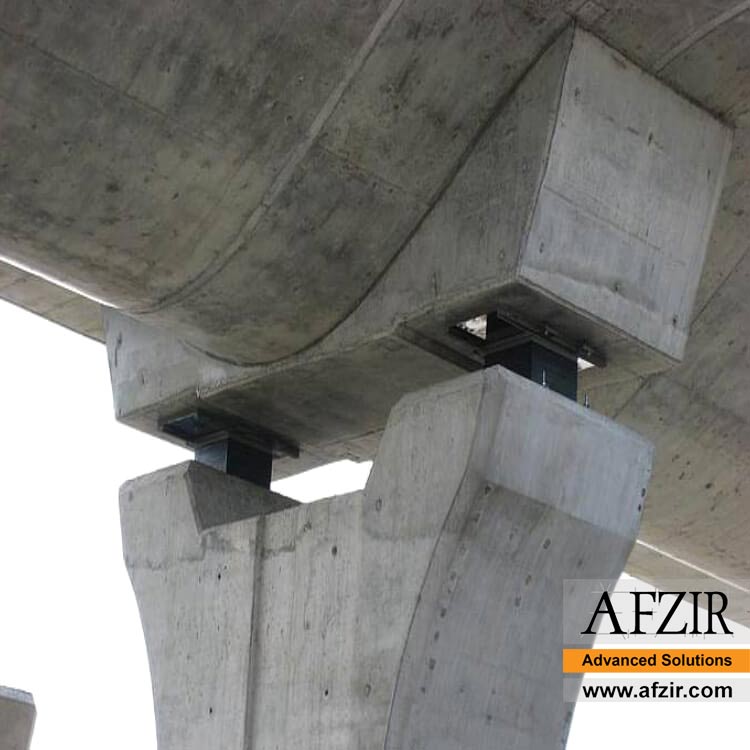

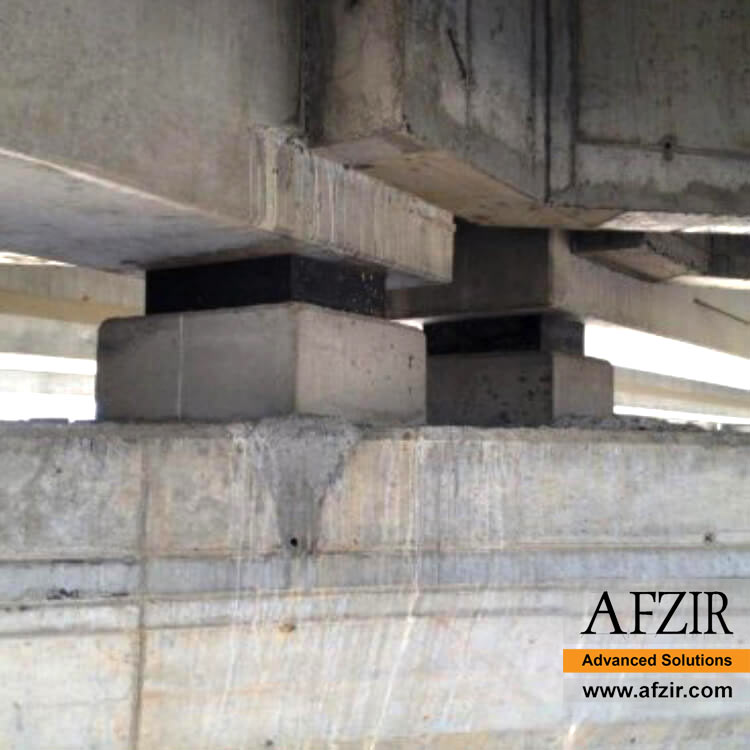
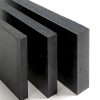
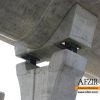
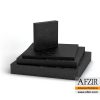
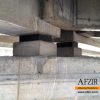
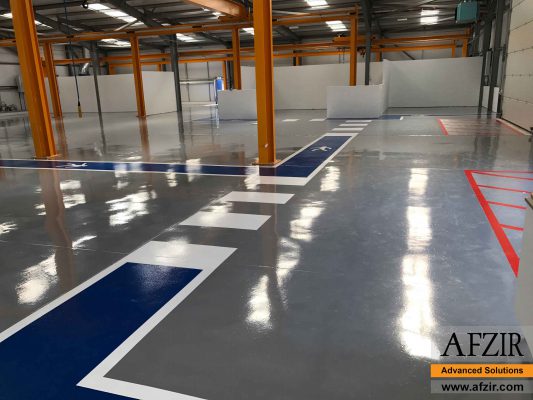
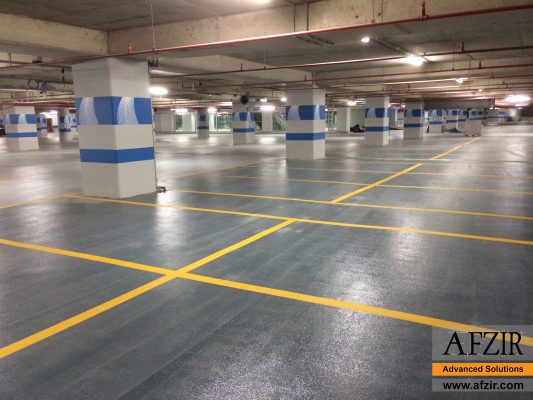






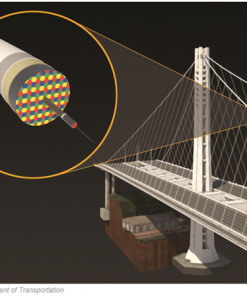
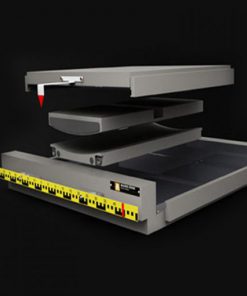
Be the first to review “Reinforced Elastomeric Bearing”